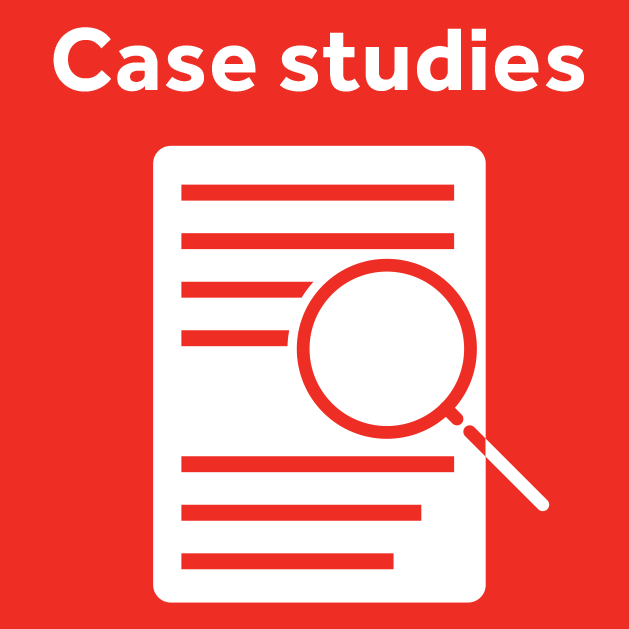This is about something exciting
This some text.This some text.This some text.This some text.This some text.This some text.This some text.This some text.This some text.This some text.This some text. This some text.This some text.This some text.This some text.This some text.This some text.This some text.This some text.This some text.This some text.This some text.This some text.This some text.This some text.This some text.This some text.This some text.This some text.This some text.This some text.This some text.This some text.This some text.This some text.This some text.This some text.This some text.This some text.This some text.This some text.This some text.This some text.This some text.This some text.This some text.This some text.This some text.This some text.This some text.This some text.This some text.This some text.This some text.This some text.This some text.This some text.This some text.This some text.This some text.This some text.This some text.This some text.This some text.This some text.
This is the next area of interest
This some text.This some text.This some text.This some text.This some text.This some text.This some text.This some text.This some text.This some text.This some text.This some text.This some text.This some text.This some text.This some text.This some text.This some text.This some text.This some text.This some text.This some text.T
Categories
- NewsApply
- DiscussionsApply
- How toApply
- ToolsApply
- Case studiesApply
- InterviewsApply
- JobsApply
- EducationApply
- Blog seriesApply
- Volume EMApply
- Latin American Micro..scopistsApply
- Bio-image Analysis w..ith NapariApply
- Imaging with…Apply
- Towards Global Acces..sApply
- Latin America Bioima..gingApply
- From Zero to Qupath ..HeroApply
- Asian Microscopists ..and Cell BiologistsApply
- Highlights from Euro..-BioImagingApply
- LSFM seriesApply
- DIY MicroscopyApply
- View all











